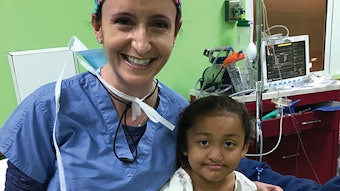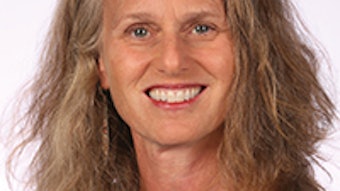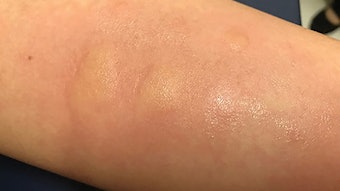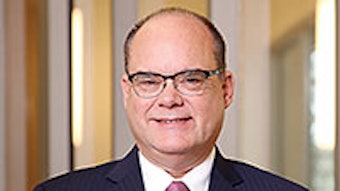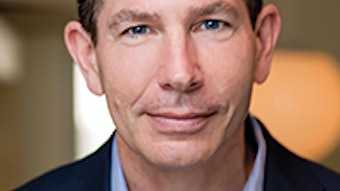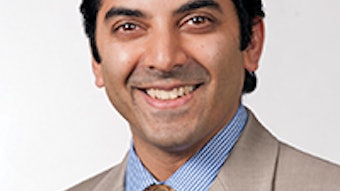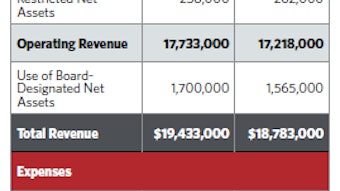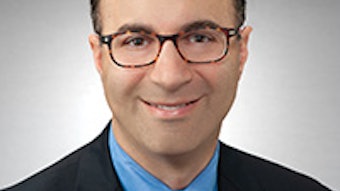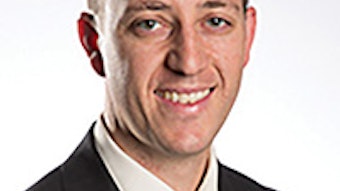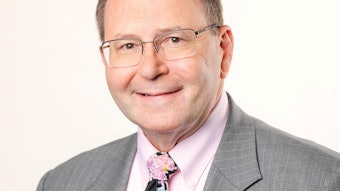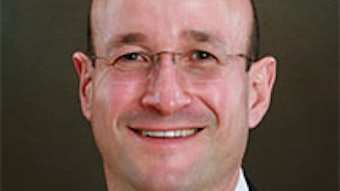Finding Our Way - Choosing Your Path and Understanding the Journey
Clinging to clichés that include “silver linings” or “lemons to lemonade” seems challenging at best these days; however, daily we are becoming more equipped to find our way sustained by optimism, positivity, and hope that we will get through this.
 Duane J. Taylor, MD, AAO-HNS/F President
Duane J. Taylor, MD, AAO-HNS/F President
Clinging to clichés that include “silver linings” or “lemons to lemonade” seems challenging at best these days; however, daily we are becoming more equipped to find our way sustained by optimism, positivity, and hope that we will get through this. Here we are less than four months into a pandemic—at a point where it seems like it has been much longer and where our concerns have been complex and multifaceted—as we all attempt to navigate next steps toward the “new normal” in how we will practice in our field.
The process of returning to normal in our practices and our lives as we have known them in the past may never occur. We have acquired new knowledge and insights in areas most of us never had to focus on in our training or prior years of practice. Certainly this is a time of greater caution and anxiety, but also a time for change and innovation, as well as an opportunity to reset, recreate, research, and rethink how we approach things in our practice, in our family lives, and in our community. Through digital technology (like Zoom, webinars, etc.) we have become closer to our colleagues who practice in different settings throughout our specialty. We have finally taken the time to work in the garden, pursue a home project, or have “family time” in a way we didn’t quite have time for before. Perhaps the dramatic halt to our “normal routine” has given us an opportunity for growth and made us more prepared to understand and relate to the lives and challenges of our patients as we care for them. Many of us have become more adept at retrieving and processing information from our patients through telemedicine prior to them even getting to our office; thus, making their face-to-face interaction even more effective and efficient.
Ask yourself if this new environment has brought us closer together in a way we had not seen before and given us a foundation for a transition and change?
I want to highlight the many resources available to you on our Academy website as we prepare for the next phase of moving back toward practice. There are more than 16 podcasts, with some that also include video versions, covering the topics of safety, ethics, physician wellness, international perspectives, business practices, financial resources, and more. The Guidance for Return to Practice for Otolaryngology-Head and Neck Surgery information will help you with the transitions, and our AAO-HNS Future of Otolaryngology Task Force [whose members include Gavin Setzen, MD (Chair), Samantha Anne, MD, Eugene G. Brown III, MD, James C. Denneny III, MD, Marc G. Dubin, MD, Stacey L. Ishman, MD, MPH, Ronald B. Kuppersmith, MD, MBA, and Richard V. Smith, MD] has been instrumental in pulling together and presenting information. The various committee and subspecialty society contributions to these resources have been invaluable and demonstrate the collaborative and collective knowledge and power that can assist in strengthening our specialty during this difficult time. Please take the time to review the information (read more in a special guest column from Dr. Setzen on page 4 with more details on page 9) as it represents countless hours of hard work and commitment by your colleagues and our staff to help us all move forward. The COVID-19 resource page also includes countless research, resources, and articles, as well as living documents that will be updated as needed.
Finally, a standing ovation to our new graduating residents who complete their training this month and will chart a course to begin their careers (or continue with further training) and have a perspective that includes COVID-19 or pandemic awareness as a part of how they will practice in the future. We are confident you will approach practice in a way that blends the knowledge, surgical skills, and compassion for your patients obtained from your training with the attention you must also have for yourself, your family, and your communities as you go out into the world. Remember you are the future of our specialty, and you can count on your Academy to support you as you find your way, choose your paths, understand the journey, and give back to our specialty.
“Never doubt that a small group of thoughtful, committed people can change the world.”
— Margaret Mead

